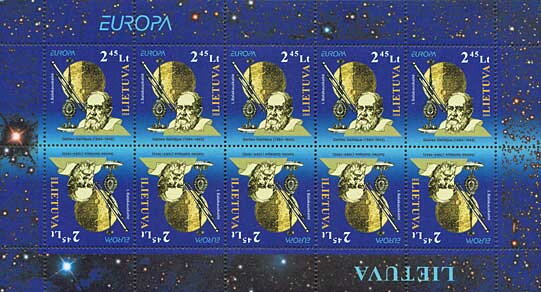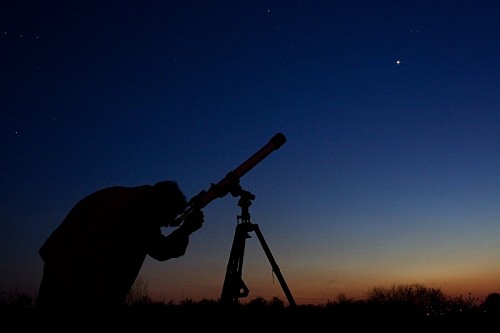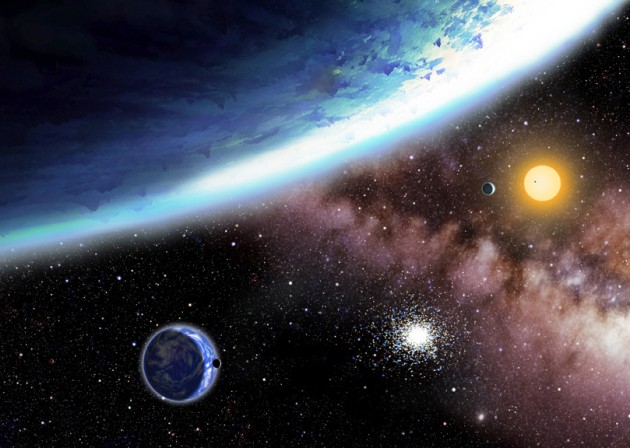Full Pane: Galileo Galliel (1564-1642) (Lithuania 2009)
Galileo Galliel (1564-1642) (Lithuania 2009)
25 April (Lithuania ) within release Europa (C.E.P.T.) 2009 - Astronomy goes into circulation Full Pane Galileo Galliel (1564-1642) face value 10*2.45 Lithuanian litas
| Full Pane Galileo Galliel (1564-1642) in catalogues | |
|---|---|
| Michel: | Mi: LT 1007KB |
Full Pane is square format.
Also in the issue Europa (C.E.P.T.) 2009 - Astronomy:
- Full Pane - Galileo Galliel (1564-1642) face value 10*2.45;
- Full Pane - Vilnius University Observatory face value 10*2.45;
Full Pane Galileo Galliel (1564-1642) it reflects the thematic directions:
An astronomer is a scientist in the field of astronomy who focuses their studies on a specific question or field outside the scope of Earth. They observe astronomical objects such as stars, planets, moons, comets and galaxies – in either observational (by analyzing the data) or theoretical astronomy. Examples of topics or fields astronomers study include planetary science, solar astronomy, the origin or evolution of stars, or the formation of galaxies. A related but distinct subject is physical cosmology, which studies the Universe as a whole
Astronomy is a natural science that studies celestial objects and the phenomena that occur in the cosmos. It uses mathematics, physics, and chemistry in order to explain their origin and their overall evolution. Objects of interest include planets, moons, stars, nebulae, galaxies, meteoroids, asteroids, and comets. Relevant phenomena include supernova explosions, gamma ray bursts, quasars, blazars, pulsars, and cosmic microwave background radiation. More generally, astronomy studies everything that originates beyond Earth's atmosphere. Cosmology is a branch of astronomy that studies the universe as a whole. .
Elements of industrial instrumentation have long histories. Scales for comparing weights and simple pointers to indicate position are ancient technologies. Some of the earliest measurements were of time. One of the oldest water clocks was found in the tomb of the ancient Egyptian pharaoh Amenhotep I, buried around 1500 BCE. Improvements were incorporated in the clocks. By 270 BCE they had the rudiments of an automatic control system device.


